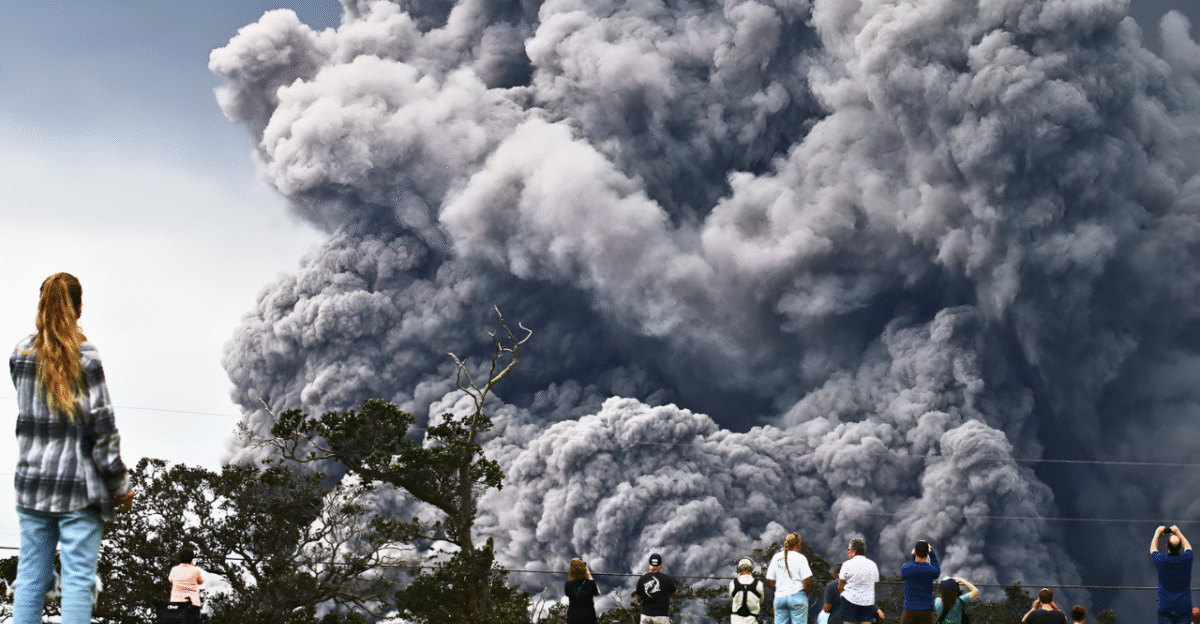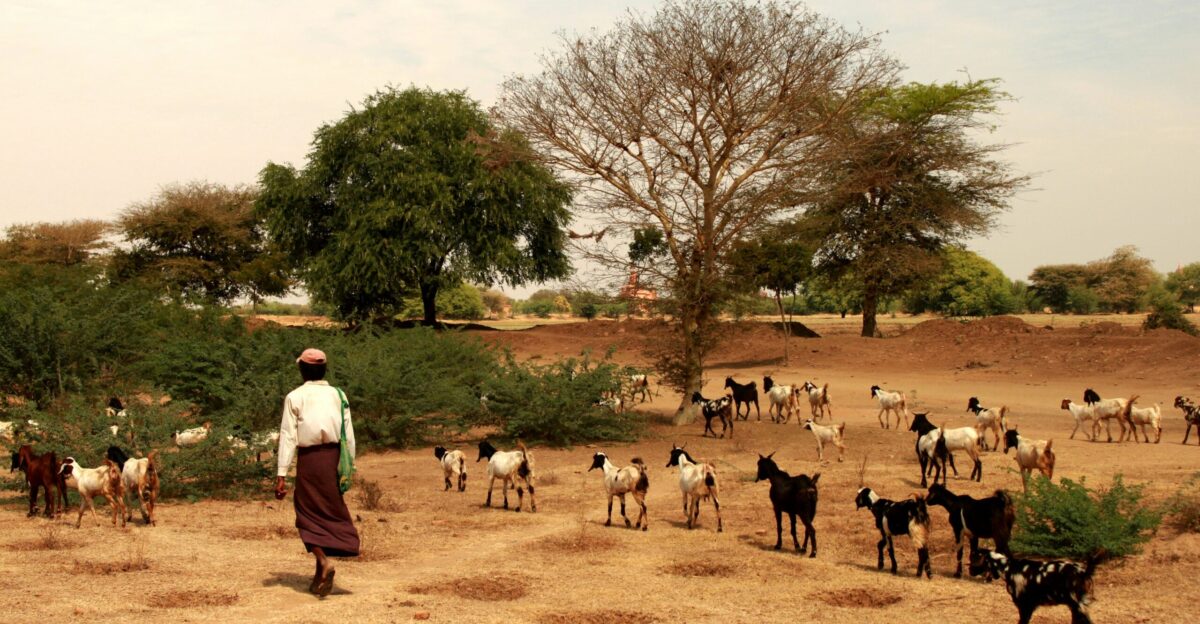
On the morning of November 23, 2025, the Hayli Gubbi volcano in Ethiopia’s Afar region erupted for the first time in 12,000 years, ending a silence that spanned the entirety of human civilization. At around 8:30 AM UTC, a towering column of ash shot nine miles into the sky, catching local communities and scientists completely off guard. The eruption lasted for hours, blanketing villages and grazing lands in ash and plunging the region into uncertainty. With no evacuation plans or warning systems in place, residents faced a crisis that few had ever imagined possible.
The eruption’s immediate impact was dramatic but, remarkably, not deadly. While no human or livestock fatalities were reported, the ashfall devastated grazing lands, threatening the livelihoods of Afar’s pastoral communities. As the sky darkened and ash settled over villages like Afdera, the region’s dependence on livestock became a vulnerability, setting the stage for a humanitarian challenge.
A Rift Valley on the Move

Hayli Gubbi sits at the heart of the Afar triple junction, a geologically restless zone where the African, Arabian, and Somali tectonic plates are slowly pulling apart. This rifting process, occurring at a rate of 0.4 to 0.6 inches per year, stretches and thins the Earth’s crust, allowing magma to rise from deep within the planet. The East African Rift System, which includes the Afar region, is home to some of the world’s most active volcanoes.
Despite this volatile setting, Hayli Gubbi had shown no signs of activity in recorded history. However, subtle warnings emerged in the months before the eruption. In July 2025, the nearby Erta Ale volcano erupted, and satellite data soon revealed a massive intrusion of magma spreading beneath the surface, reaching depths of nearly 30 kilometers below Hayli Gubbi. Scientists observed ground uplift and unusual cloud formations at the summit, but the scale and explosiveness of the November eruption defied expectations for a volcano that had long been considered dormant.
An Unusual and Far-Reaching Eruption

Unlike most shield volcanoes, which typically produce slow-moving lava flows, Hayli Gubbi’s eruption was explosively powerful. The volcano tapped into silica-rich magma—specifically trachyte and rhyolite—rather than the more common basaltic lava. This thicker magma trapped more gas, building pressure until it was released in a rare, towering ash column.
The eruption’s effects were not confined to Ethiopia. Subtropical jet streams carried the ash plume eastward at high speed. By the following day, the plume had reached Yemen and Oman, and by Tuesday, it had swept across northern Pakistan and India, traveling thousands of kilometers. The Toulouse Volcanic Ash Advisory Centre tracked the plume as it stretched approximately 3,700 kilometers from Ethiopia to the Arabian Sea, with satellite data confirming the spread of sulfur dioxide across the region.
The ash cloud disrupted aviation across South Asia and the Middle East. Airlines canceled and rerouted flights, with Air India and Akasa Air among those suspending routes. Pakistan’s aviation authority issued its first-ever volcanic ash advisory, and carriers worldwide adjusted flight paths to avoid the hazardous plume, causing delays and logistical challenges for thousands of passengers.
Communities and Livelihoods at Risk

For the Afar region’s pastoralists, the eruption’s aftermath was severe. Livestock herding is the backbone of the local economy, and ash-covered pastures left animals without food. Herders were forced to move their animals to unaffected areas or find alternative feed, but the region’s harsh climate and limited resources made this a daunting task. The risk of malnutrition and herd losses loomed, threatening economic collapse for families dependent on their animals.
Beyond Ethiopia, millions in Yemen, Oman, India, and Pakistan faced potential exposure to the drifting ash plume. In Delhi, where air pollution is already a chronic problem, authorities initially feared the volcanic ash would worsen conditions. However, meteorologists reassured the public that the ash was dispersing at high altitude and moving rapidly, making significant ground-level impacts unlikely.
Rethinking Dormancy and Future Risks

Hayli Gubbi’s eruption shattered assumptions about volcanic dormancy. With no recorded eruptions in the Holocene epoch, the volcano had no warning system or evacuation protocols. Local residents had never experienced such an event, and scientists acknowledged that the region remains understudied. The eruption raised urgent questions: Was this a one-time event, or does it signal the start of a new active phase in the Rift Valley? Researchers are now analyzing ash samples and monitoring seismic activity to determine whether other “dormant” volcanoes in the region could awaken.
The Afar triple junction is one of only two places on Earth where a mid-ocean ridge can be studied on land, the other being Iceland. Over millions of years, the ongoing rifting will eventually flood the region with seawater, creating a new ocean basin as Africa and Arabia drift apart. For now, the eruption has forced communities and scientists alike to confront the unpredictable power of Earth’s geology—and to prepare for a future where the line between dormant and active volcanoes is less certain than ever.